As a professional racer, Innes Graham’s life was dedicated to one thing only: going as fast as possible. On the rise through the Downhill World Cup rankings, his path seemed set in stone. However, one fateful practice run at the Lenzerheide World Cup in 2016 changed his life forever. This is the story of a racer who had to slow down, not just to go faster, but ultimately to find himself.

Innes Graham is living a life full of new learnings and experiences. Even at the young age of twenty-four, this Scotsman has experienced more than most, both within and without the sport of mountain biking. His story so far is packed with ups and downs, highlights and lowlights. Some claim it’s easy to race professionally and ‘live the dream’, but that dream can turn into a nightmare in an instant…
I just went too slow off an awkward drop. I landed on a tree stump and heard my femur snap in half. I remember hearing a massive ‘CRACK!’ and lying on the deck with my legs all crossed up thinking, ‘This is not how it’s supposed to be!’
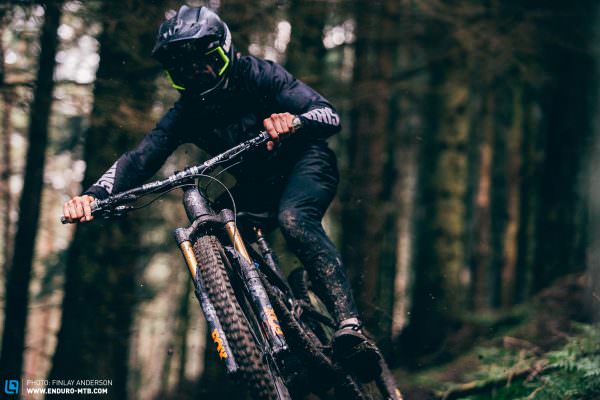

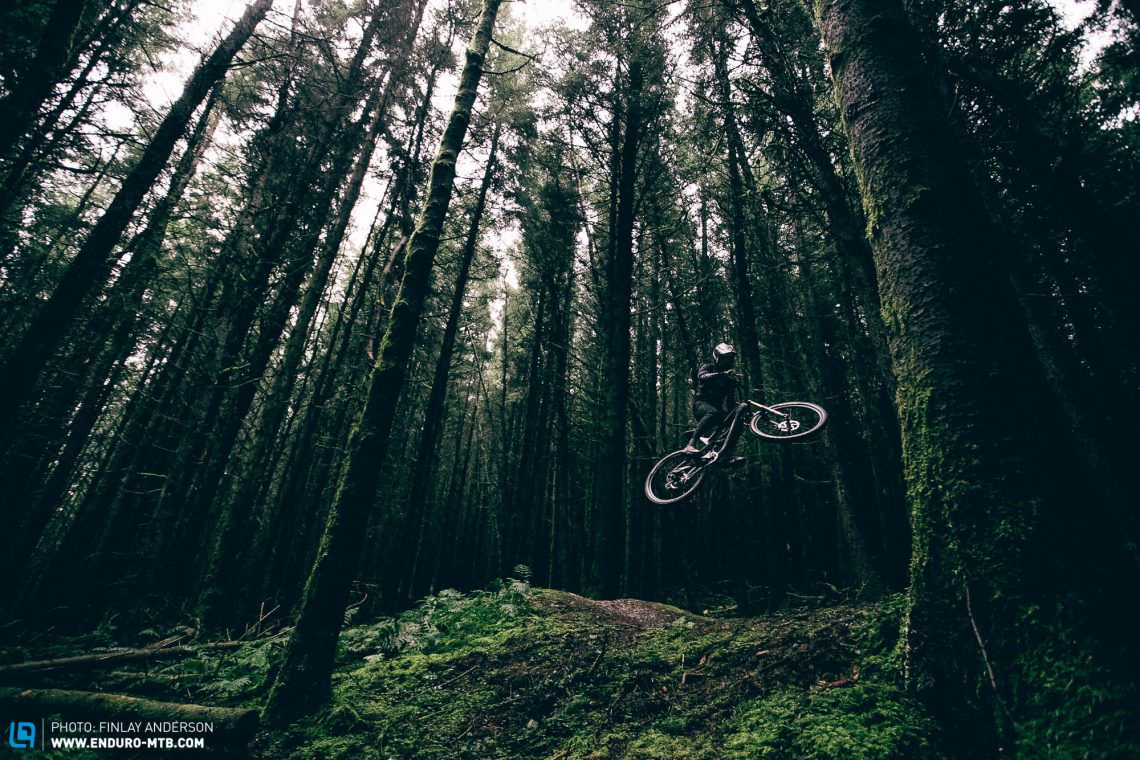
A split second turned Innes’ life upside down. A snapped femur is a monumental challenge for anyone to deal with, let alone a professional racer whose entire life is dedicated to going as fast as possible. However, rather than ending his journey on two wheels that fateful day in 2016, Innes used it to reflect, change course and find himself again.
Chapter 1: The backstory
After a rad afternoon of riding and shooting on Innes’ home trails in the Tweed Valley, we head back to his flat for a warming cup of tea and a chat, keen to learn more about Innes, his backstory and his positive outlook on life. “I’ve been around bikes from the very beginning,” he tells us, smiling. “My dad didn’t get a driving license until he was about forty, so I was always on the front of his bike just cruising along.” He laughs. Loving bikes for as long as he can remember, it seemed only natural that Innes would take his passion to the next level at an early age.

In 2009, a bike shop in his hometown Dundee, a coastal town in East Scotland, held a try-out for its racing team, and Innes was eager to test his mettle. The trial was held at the legendary venue of Dunkeld and Innes secured first pick on his battered old Iron Horse.
Being on the shop team gave me the opportunity to buy an affordable downhill bike, as well as getting a little bit of support and advice for racing.
Innes got straight to work, racing the full Scottish Downhill Association (SDA) series in 2010, aged just fourteen. Right from the start, it was clear that he had a rare talent on the bike, standing on the podium at the first five races he entered, including the Scottish Championships. The next years saw Innes turn his attention to national racing and it wasn’t long before his first podium on the British National stage. Things really started kicking off in 2012 when Innes signed for the Lapierre Cadets team and started the Borders Academy for Sporting Excellence (BASE) course in Scotland’s bike mecca, the Tweed Valley. More domination at national level ensued and Innes decided to pursue racing with everything he had. “My life just went into tunnel vision for racing,” he explains. “That’s all I did and all I was interested in.”
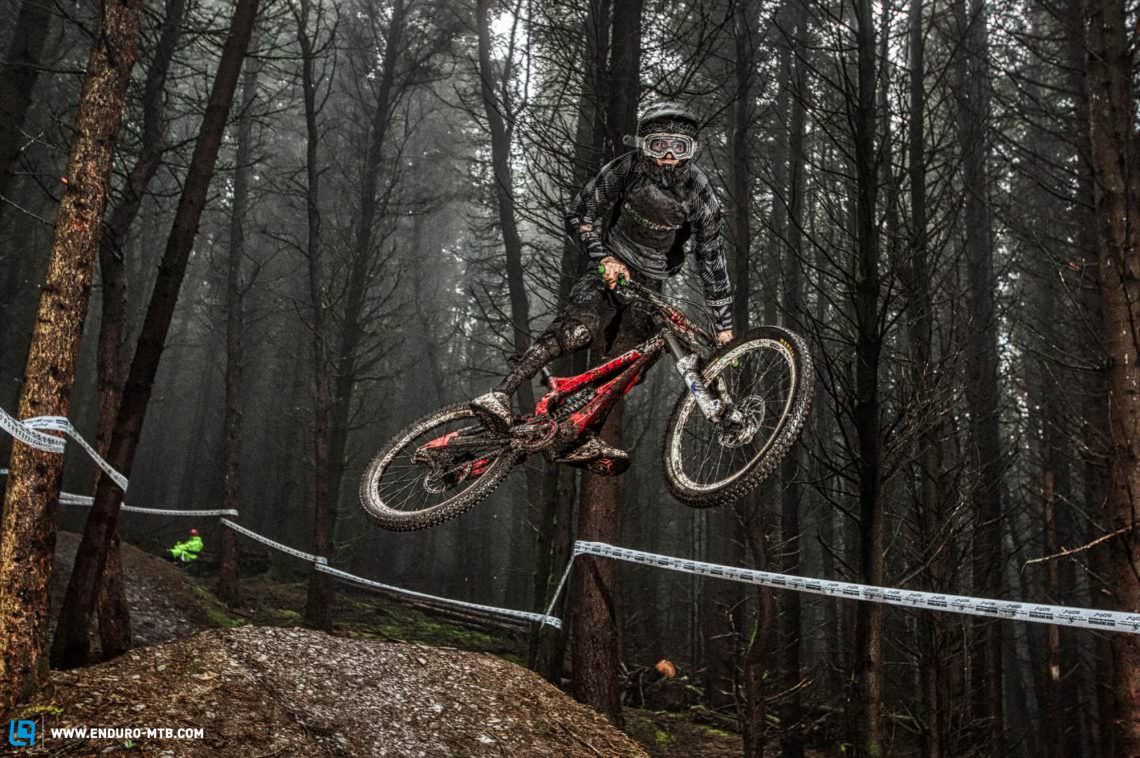
Chapter 2: The dream of professional racing
A year later, Innes had bagged a spot on his first factory team, MS Mondraker. His international career started with a top ten at his first-ever World Cup. However, the three years that followed were riddled with hard times and lots of injuries.
I shattered my heel bone, broke both collar bones, separated my shoulder and dislocated my hip. And there’s probably more that I can’t remember…
2015 marked Innes’ first year in the elite category. “I started off my first year in elites very strongly, placing in the top 20 in my first elite World Cup. I did really well at the national races that year but couldn’t bring that form to the rest of the World Cup season,” he tells us. “I struggled on the World Cup tracks. I was quite small and not as fit as some of the riders I was comparing myself to, so I often came away quite dissatisfied with my performance. Looking back, I realised my approach to racing was all wrong. I was only focussed on the end goal, like a podium, rather than ticking off process goals,” he continues, shaking his head.

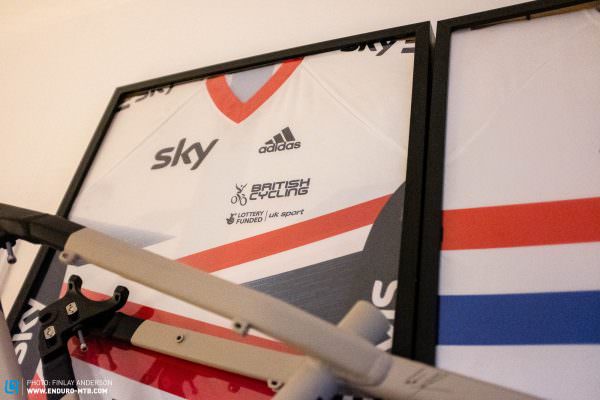
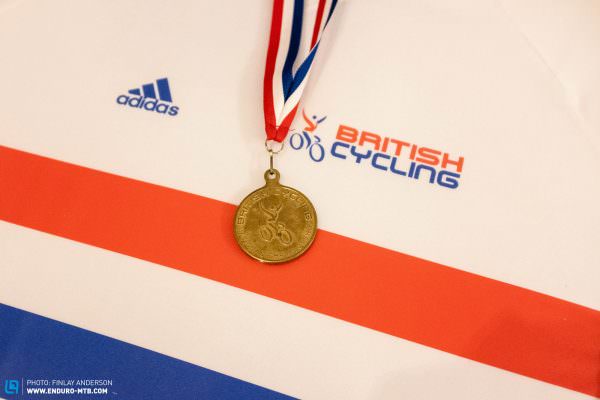
2016 was a fresh start for Innes. He signed with a new, smaller team (Propain Dirt Zelvy) and took a step away from the full-factory environment. The new team felt more familiar, and Innes felt more comfortable and confident in the new setup. “I had a pretty average start to the 2016 season. Then Lenzerheide came round. Man, I hate that track! The previous year I broke my collar bone there, on the same track and on my birthday!”
Chapter 3: Injury, rehab and reflection
Round 5 of the 2016 UCI Downhill World Cup in Lenzerheide would be the last race that Innes Graham would ride in his professional career. A small mistake during a pre-qualifying practice run saw him hit the deck hard, shattering his femur and bringing his racing dream to a screeching halt. “The morning of qualifying, I went too slow off an awkward drop. I landed on a tree stump and heard my femur snap in half. I remember hearing a massive ‘CRACK!’ and lying on the deck with my legs all crossed up thinking, ‘This is not how it’s supposed to be!’”
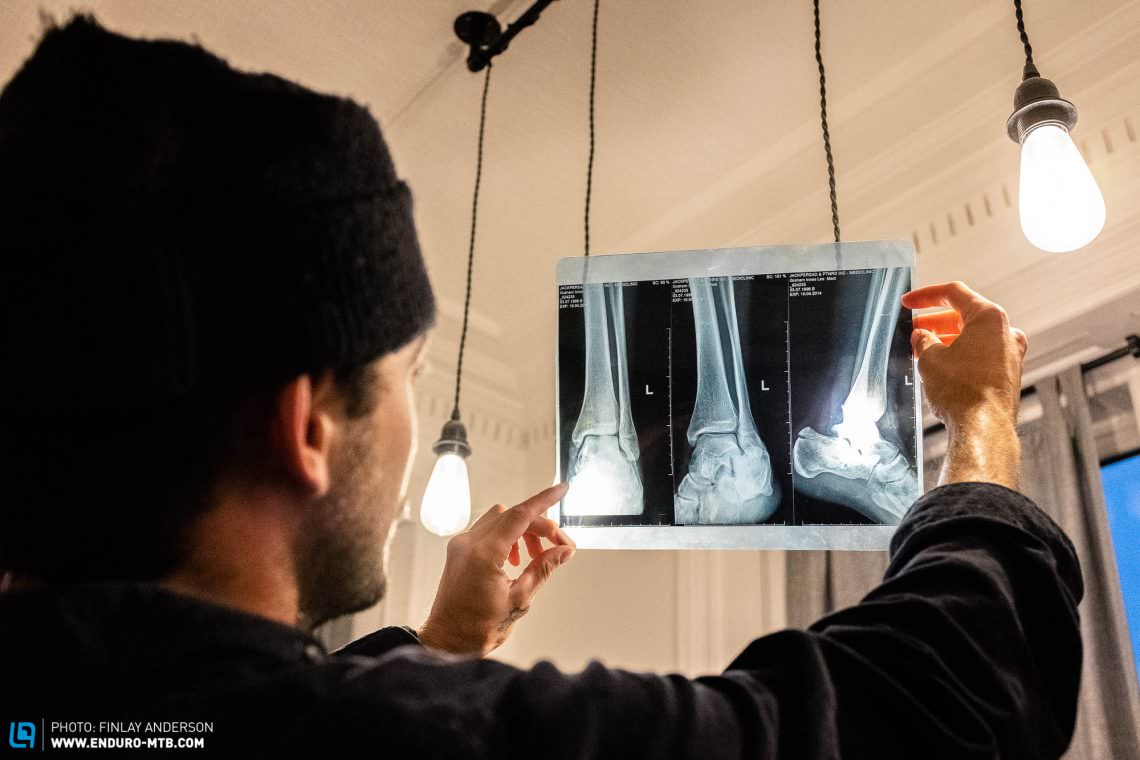
Innes spent the next week in a Swiss hospital, surrounded by poor food and unable to find anyone who could speak any English. Eventually, he made it back to his small flat in the Tweed Valley, battling with the challenges of rehabilitation. “I was living on my own at this point, in a tiny flat. It was not a good situation to be in, hobbling around with a broken leg.” At this low point, Innes started to question what he really wanted from life.
It was the injuries that really made me reflect on racing. ‘This is not as fun as it once was,’ I thought to myself. I was putting 110% into my racing and training. All I did was think about the next race and more times than not I would come home broken and disappointed. I think that’s what killed it for me. I made the call not to race the following year and moved back home to my dad for a while.
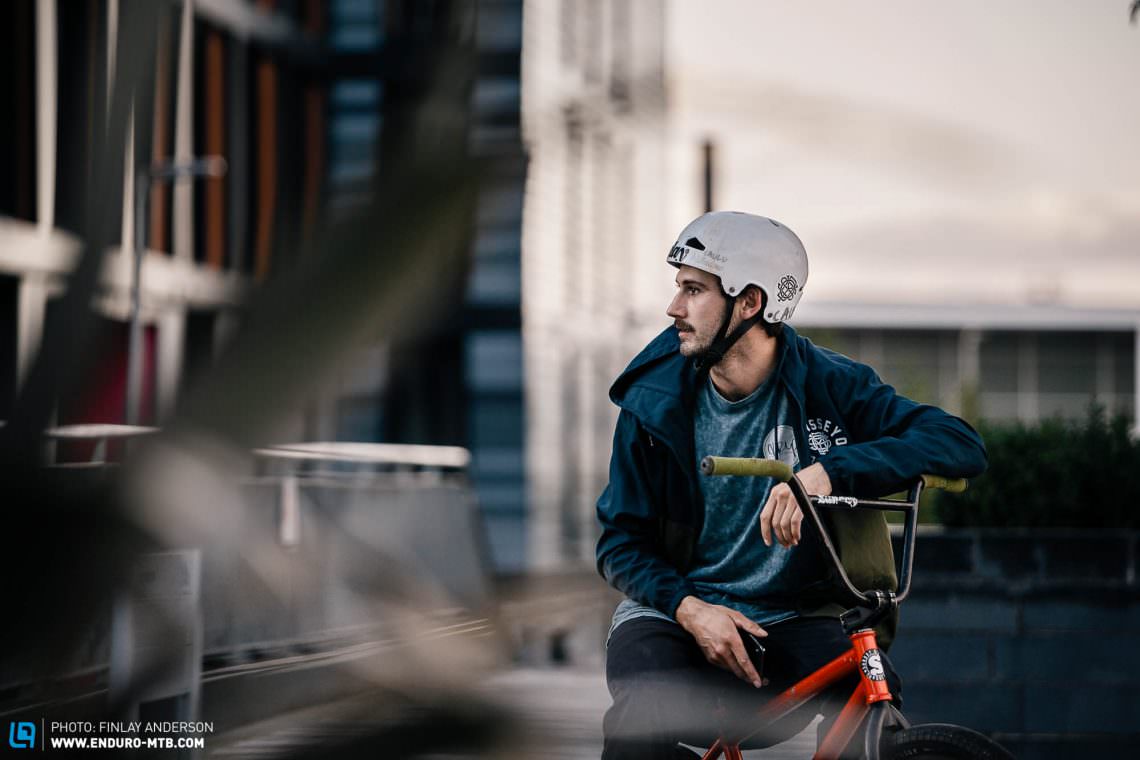
Chapter 4: A change in career and the switch to 20” wheels
Unable to ride a bike, without an income and with time to kill, Innes had to find employment. “After I moved home, I started working full-time at a restaurant to make some money. It was very different,” he tells us. While working in the kitchen is not something Innes regrets, the sudden and massive change in lifestyle started taking a toll on his mental health. “It’s not something I’m ashamed of,” he says, in a serious tone. “I think it’s important to talk about these things and bring to light that mental health issues can affect anyone, even those who are said to be living the dream.”
Going from being a performance athlete with a ton of experience and good results under my belt to having a career-ending injury and then feeling pressure to have some sort of financial stability was super tough. I went from winning races, travelling the world and living the dream, as they say, to the total opposite. It was a big contrast and it took its toll on my mental health but I brushed that under the carpet and cracked on. The people around me at the time were very different to me and I struggled a lot with those relationships.
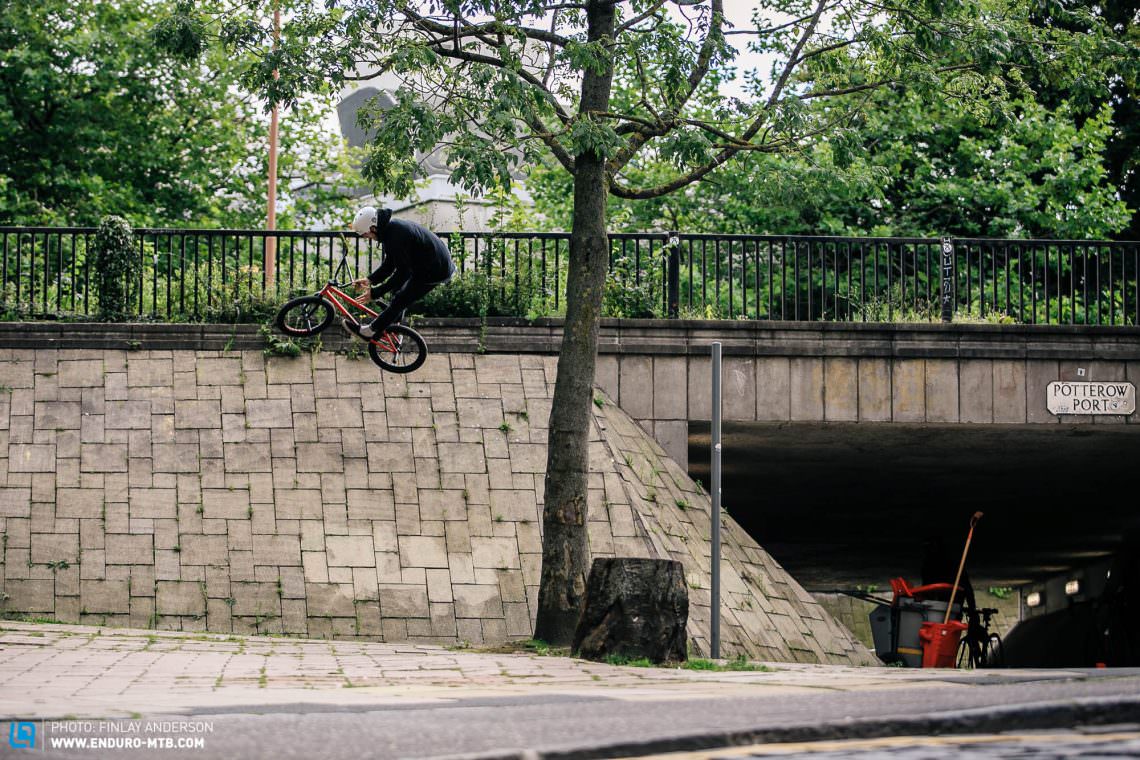
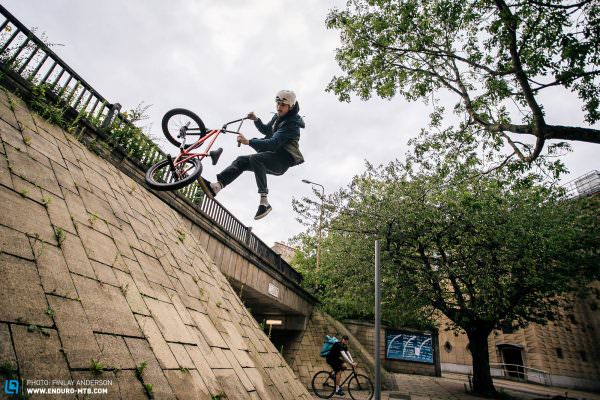
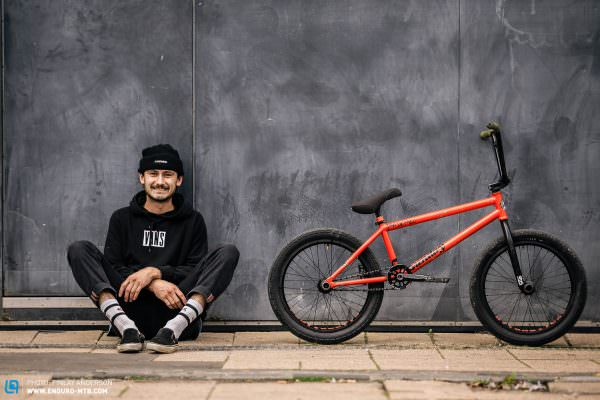
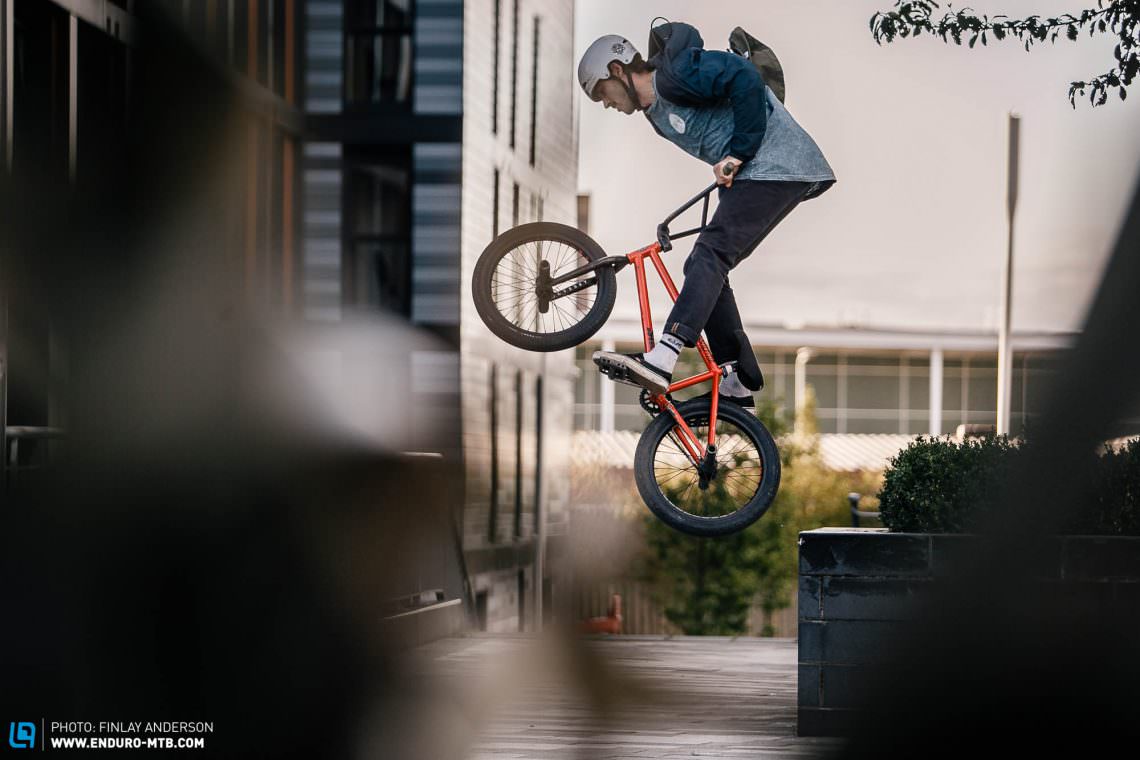
Half a year after his fateful injury, Innes was able to ride again. However, instead of picking up his downhill bike, he turned his attention to riding BMX, escaping from the stresses of everyday life and learning a new skill. “I didn’t want to stop riding bikes altogether and riding BMX felt fresh and fun,” he explains. “I think that’s why I enjoyed it. There were no rules, no one to tell me what I could and couldn’t do.” Innes’ progression on a BMX was unnervingly quick and he soon started making ripples in the scene, picking up a ride with Californian brand Sunday Bikes. For the next three years, Innes rode BMX exclusively and it almost seemed like his days on a mountain bike were behind him.

Chapter 5: Slow down, go faster
After a 3 ½ year hiatus, Innes’ return to mountain biking came as a surprise to many, not least himself. Gee Milner, a UK-based videographer who had previously worked with Innes, was looking for a rider to star in an episode of his Dream Build series. Innes got the role and found himself driving to Sheffield to shred the freshly built RADON Slide Trail. That day, riding in Vans, jeans and a shirt, Innes found the love again. Soon after the video went live, RADON reached out to him over Instagram, asking to support his comeback into the sport. “RADON got in touch and asked me what my story with bikes was. I explained to them that racing had killed the fun for me and I was just falling back in love with mountain bikes after nearly four years. They told me to keep the bike, a true dream build, but put no expectations on me to do anything in return.” It wasn’t long before Innes signed a contract to represent RADON for 2020, with no obligations other than to have a good time aboard their bikes.
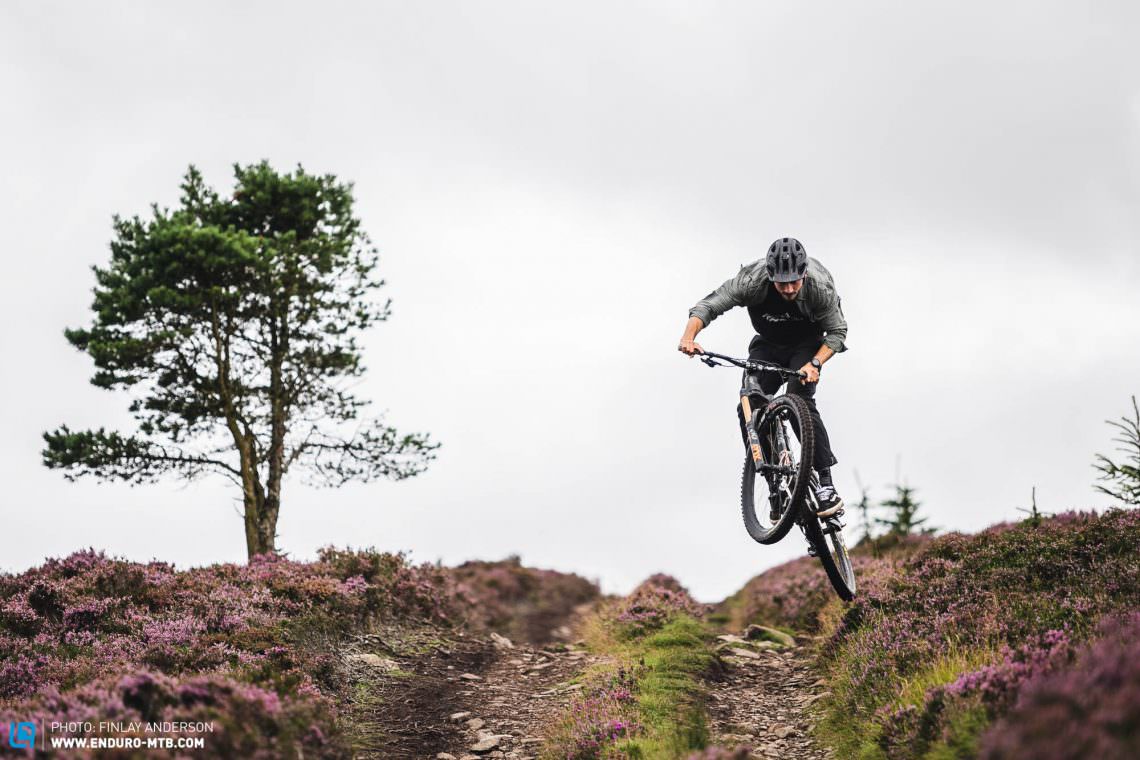

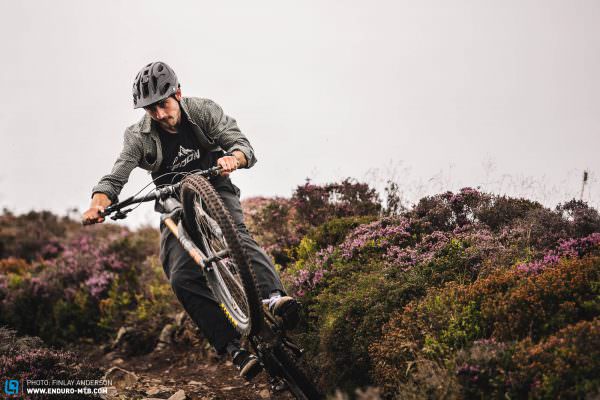
There’s no obligation to do anything for RADON, just ride the bikes, represent the brand in a good light and have fun again. That’s what their whole ethos is about: inclusive riding and good times!
Soon after, Innes quit his job at the restaurant and started part-time work as a coach with Dirt School, a renowned mountain bike skills company. “It’s been a lot of fun working with Dirt School,” he exclaims. “It’s really rewarding. I’ve always enjoyed coaching and helping others, so it works really well.” Reflecting on the highs and lows of his story so far, Innes has no regrets. Instead, he is grateful for the experiences he has had and the positive changes they have brought.
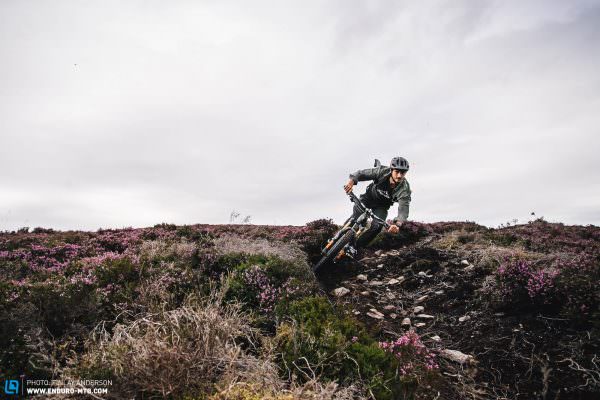
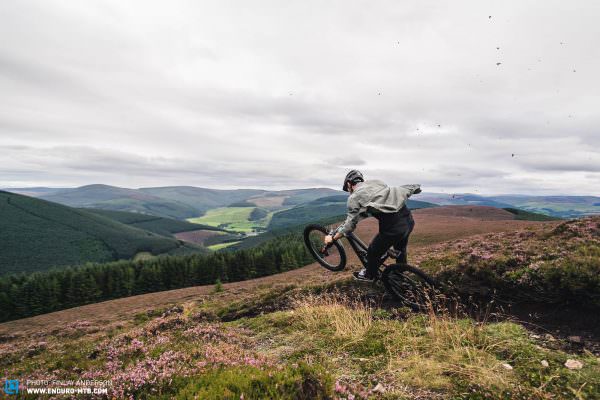

I look back and think, ‘What if?’ but everyone thinks that, right? I’m grateful for the experiences I went through and I’m grateful for the opportunities I have now. To be able to still ride bikes, coach others and have more fun than ever on the bike is amazing. I’m very excited for the future, whether it be riding for a brand, coaching or BMX. Moderation is great and balance is the key to life. As long as I can keep that balance I think I will keep growing and progressing in the sport.
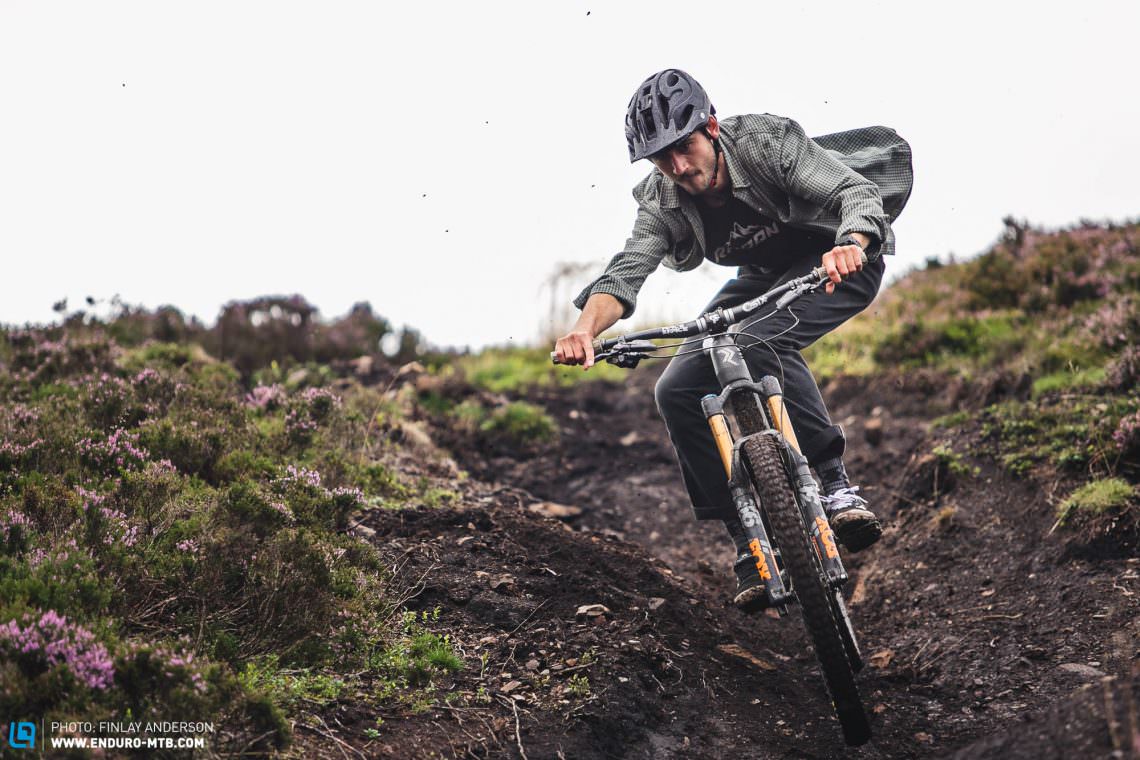
What the future holds for Innes Graham is yet to be determined. With a number of paths to choose from, his journey through our sport could take many forms. One thing is certain though – whichever route Innes chooses to embrace, he’ll be driven by his passion for life, fun and balance.
Innes Graham’s story is inspiring. Moreover, it’s the real, hard truth. When faced with adversity, it’s easy to lose hope. However, it is often the darkest moments that make us reflect upon our life the most. Using that reflection to bring positive change is the most important thing, even if it means straying from the course that is expected of us. After all, sometimes we have to slow down to go faster.
If you want to learn more about Innes and watch him shred his home trails, you should check out this video. Also, you can keep up with his adventures on his Instagram.

Did you enjoy this article? If so, we would be stoked if you decide to support us with a monthly contribution. By becoming a supporter of ENDURO, you will help secure a sustainable future for high-quality mountain bike journalism. Click here to learn more.
Words & Photos:









